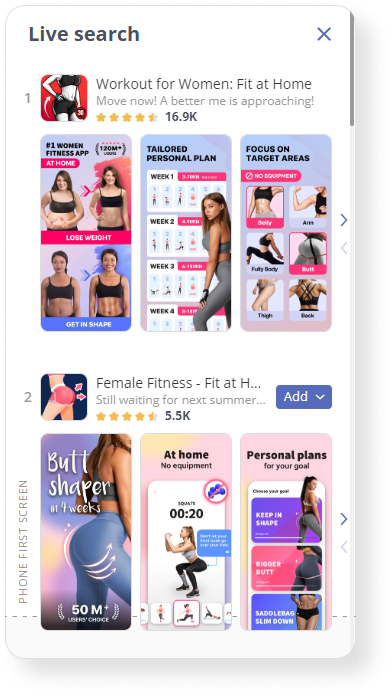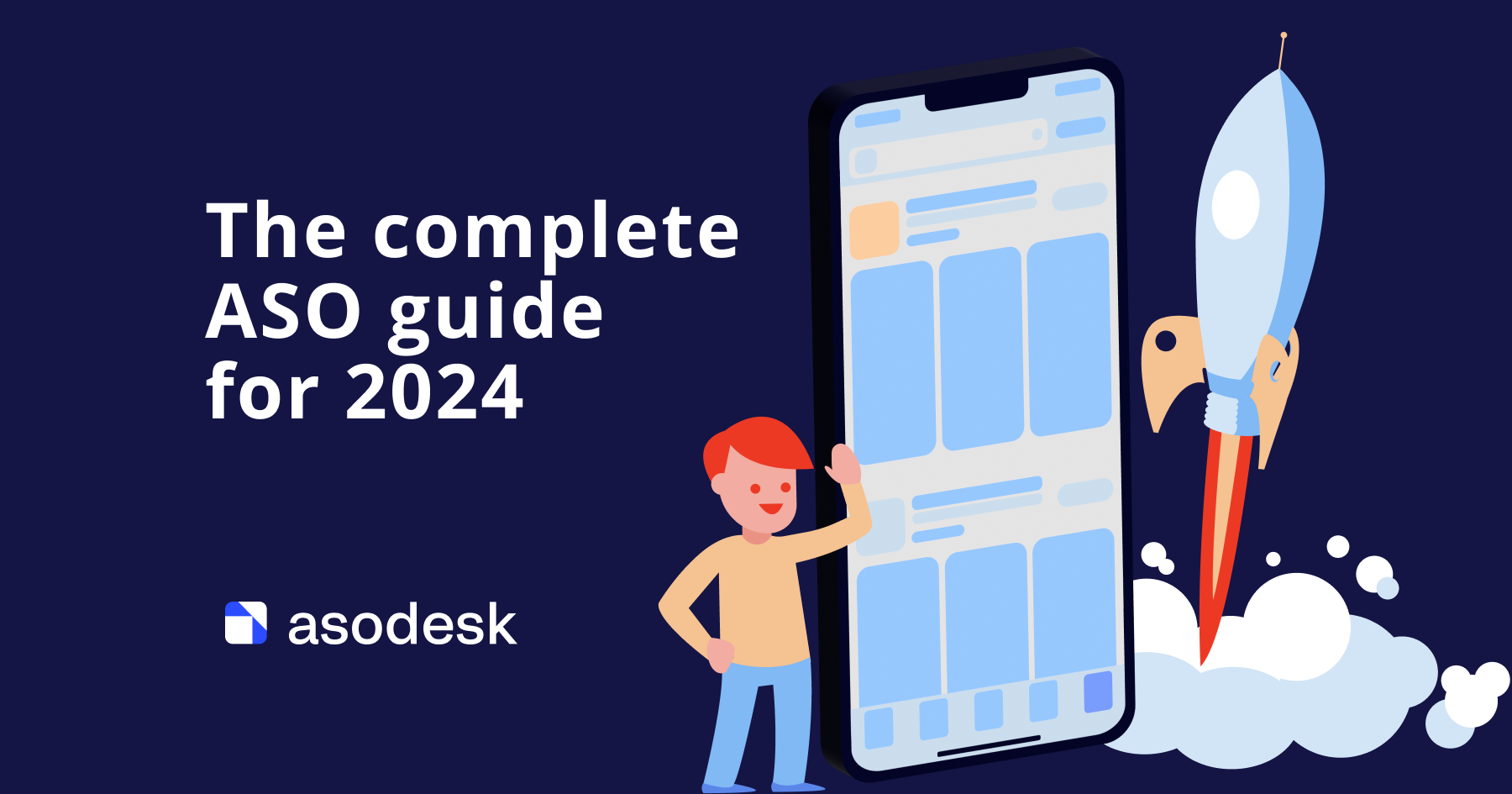How to build a semantic core for your app: step-by-step guide
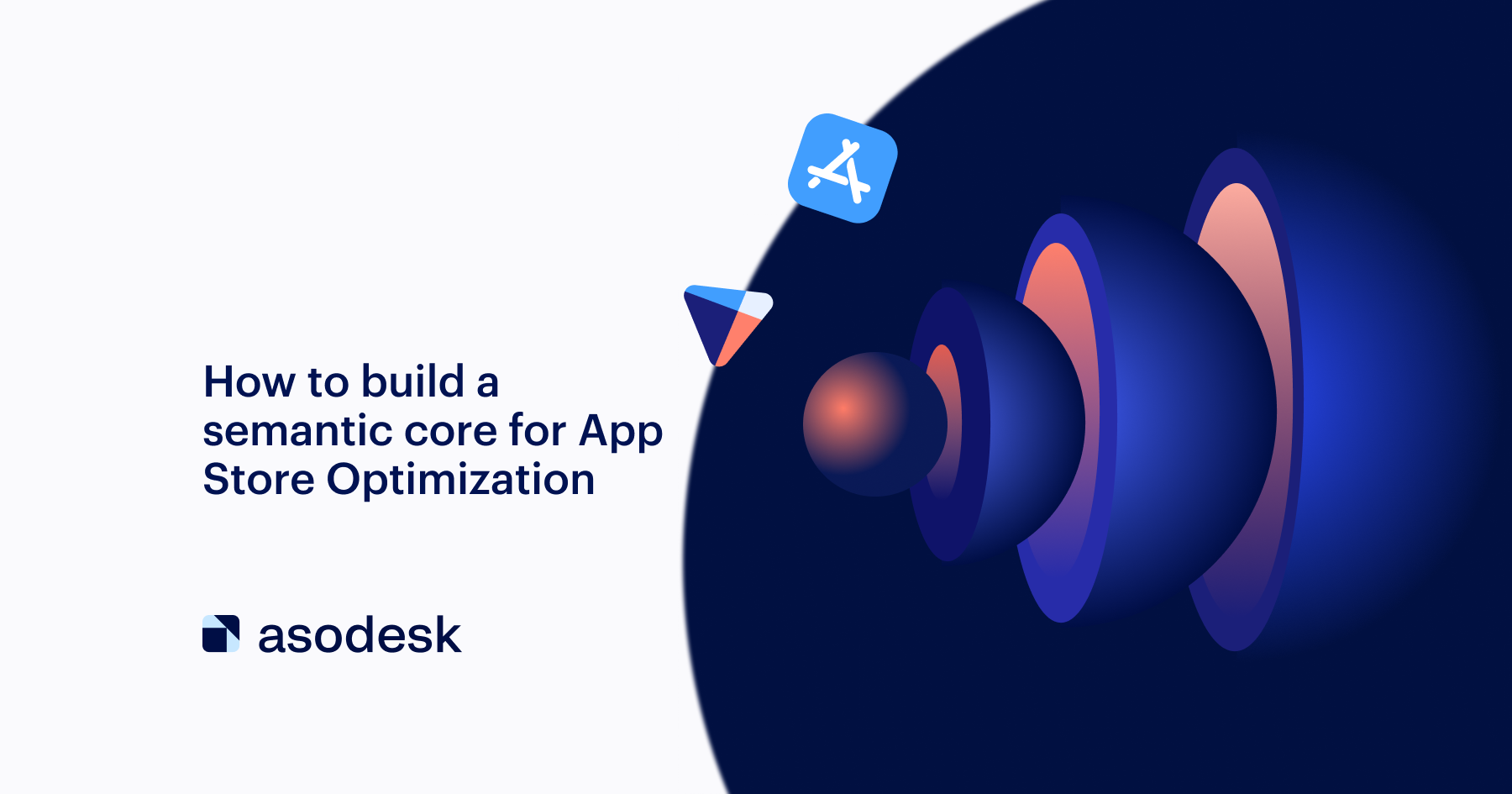
Building a semantic core is the most important part of App Store Optimization, which the effectiveness of further promotion depends on. You need to find specific keywords that will bring you installs from the search. In this article we will explain in detail how to properly build a semantic core.
This is a series of articles based on the ASOdesk Academy lecture materials, where we covered all aspects of App Store Optimization. We have already noted how competitive analysis helps in App Store Optimization, how to work with iterations in ASO, and what is important to consider when optimizing an application for foreign languages.
Contents
Step 0: market analysis of ASO relevance
Step 1: add logical queries
Step 2: add auto-suggestions from the ASO service to the core
Step 3: analyze App Store and Google Play search suggestions
Step 4: analyze competitors’ queries
Step 5: clear the core of irrelevant and low-frequency queries
How to collect a semantic core for your app in 5 steps
Step 0: market analysis of ASO relevance
Before you start collecting a semantic core, you need to analyze your market niche to establish the relevance of ASO. This way, you can check how effective ASO will be for your app.
It is important to find out how many users are looking for similar apps in the search. For example, according to the ASO Index, only 34.72% of downloads in the Navigation category come from the App Store Search. Other users install apps from other sources, such as featured and ads. Therefore, there is a relatively low volume of search traffic in this app category.
Also, the fewer users install similar apps through unbranded queries, the less likely you are to promote effectively exclusively through ASO. Branded queries include the names of specific apps (for example, AliExpress), while non-branded queries reflect the general needs of users (for example, “shopping” and “online store”).
According to the ASO Index, only 28.34% of traffic in the Food & Drink category comes from non-branded queries. This means that in this category, users don’t really search for apps using queries without specific app names, which complicates the optimization process.
To determine if you should conduct ASO, check out our comprehensive ASO Index market study. From this study, you will learn the volume of search and non-branded traffic, as well as the search conversion rate for all app categories. The study provides statistics for 7 countries and general data for the world.
If in the research process you realize that your app needs ASO, you can start collecting a semantic core.
Typically, an ASO specialist makes changes to the semantic core before each iteration (optimization cycle). It takes at least 6-8 iterations to bring the application to the top. Read more about working with iterations in this article.
We will look at how to build a semantic core using the example of the app “Workout for Women: Fit at Home”.
Step 1: add logical queries
Search queries derive from the app features that users look for in the App Store and Google Play. The developer and mobile marketer must have excellent knowledge of their app and which problems it solves. Before starting promotion, the ASO specialist must also get to know the product and understand why and who needs it. So, during the first stage, it is important to write out all the queries that you associate with your app.
Some ASO specialists don’t take this stage seriously and immediately proceed to adding queries from the service’s automatic suggestions. You should avoid this approach because each app has many features that need to be taken into account.
For example, fitness apps can vary greatly. One will focus on weight loss, another focuses on gaining muscle mass, and another focuses on exercises for posture. If you don’t understand the specifics of your app at an early stage, you are risking adding irrelevant keywords that don’t reflect your app’s features.
Keyword Analytics on Asodesk will help you save all logical queries in your semantic core. To do this, you need to add words in the Add Keywords field.
For example, a fitness app for women has workouts for different muscle groups. The plan is drawn up individually depending on the user’s goal: to lose weight, gain muscle mass, or stay in shape. Based on this information, we have selected queries that correspond with the app’s features.
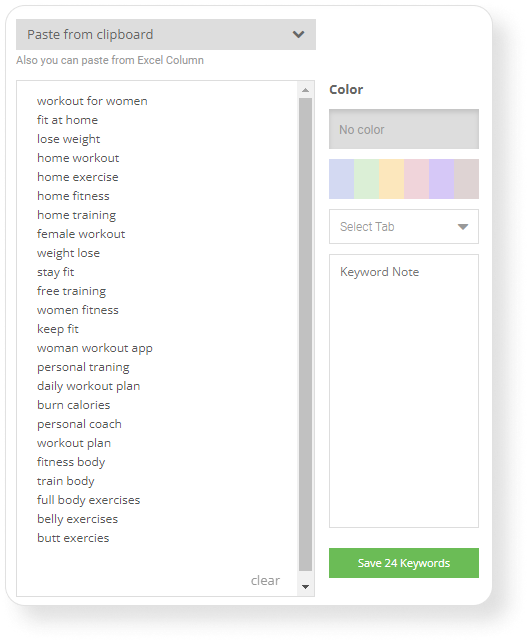
How to find this feature: App Menu ➜ App Store Optimization ➜ Research & Monitor ➜ Keyword Analytics ➜ Keyword Manager

Step 2: add auto-suggestions from the ASO service to the core
But it is impossible to come up with every combination of keywords yourself, so you should use automatic services that will increase your number of keywords 3–10 fold.
Auto-Suggestions in Keyword Analytics
The Auto-Suggestions tool in Asodesk finds all search queries relevant to the app. The search suggestions feed is automatically updated, and if you have added all the listed queries, the system will suggest new ones.
Thanks to search suggestions, we found 50 more words for our app.

How to find this feature: App Menu ➜ App Store Optimization ➜
Research & Monitor ➜ Keyword Analytics ➜ Keyword Manager
Missing Ranked Keyword
This tool shows search queries that are not in the semantic core yet, but the app is already ranked for them. In this tool, queries are divided into places your app takes in the search results.
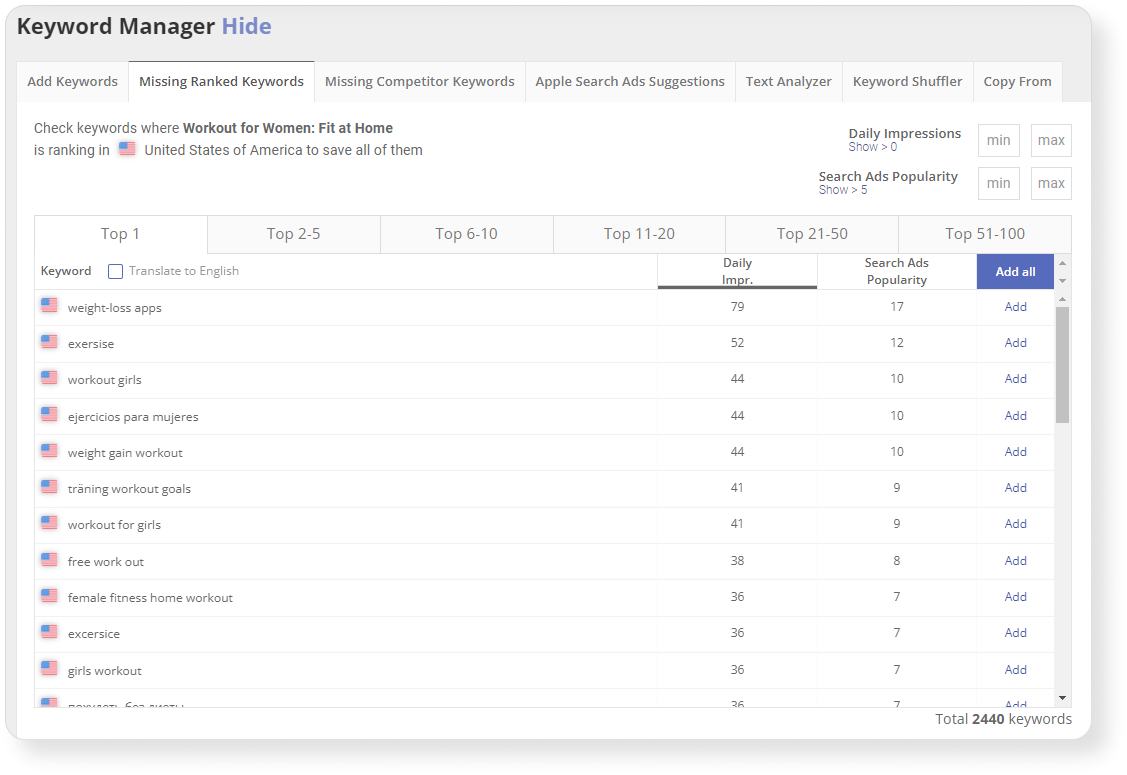
How to find this feature: App Menu ➜ App Store Optimization ➜
Research & Monitor ➜ Keyword Analytics ➜ Keyword Manager
Pay attention to the Search Ads Popularity and Daily Impressions metrics next to the keywords.
Search Ads Popularity (SAP) is a query popularity rate that Apple provides when setting up advertising campaigns in Apple Search Ads. Don’t use low-frequency queries with less than 5 SAP.
Daily Impressions shows the number of impressions for each query per day.
We found 32 words with the Missing Ranked Keyword tool.
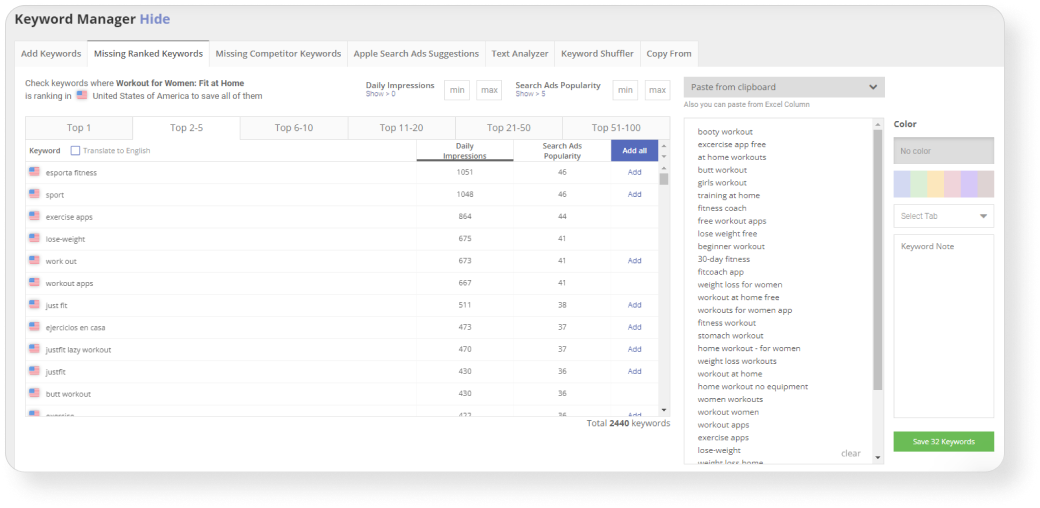
Long-Tail Keywords
Long-Tail Keywords are keyword phrases that consist of several words. They attract about 70% of search traffic. Using the Long-Tail Keywords tool, you will find target queries for which your app will have low competition.
From this tool, we have added 29 more keywords for the workout application.
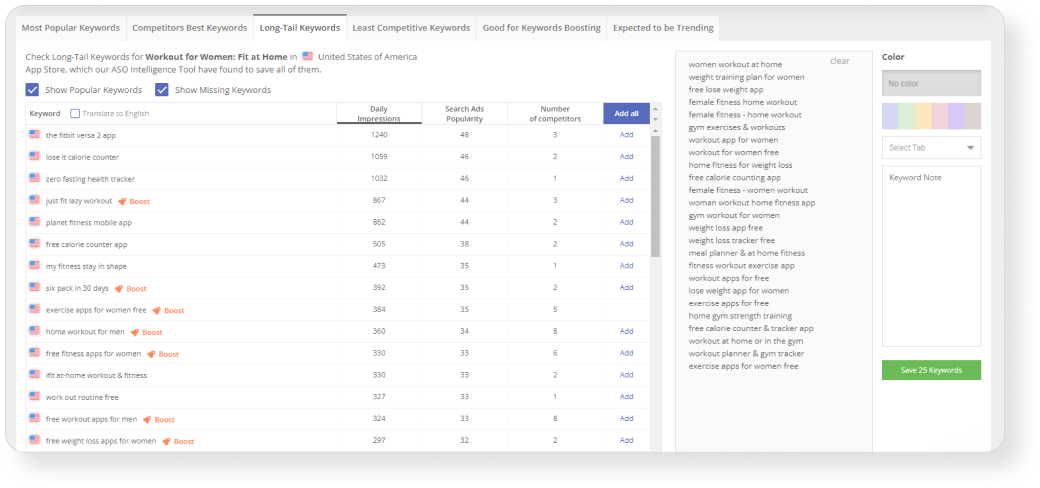
How to find this feature: App Menu ➜ App Store Optimization ➜ Research & Monitor ➜ Keyword Auto-Suggestions
Step 3: analyze App Store and Google Play search suggestions
When searching for an application, a user does not type in the whole request, but clicks on the search suggestion that an app store offers. To reach the top positions for stores’ search suggestions, add them to your metadata. The higher the search suggestion in the App Store and Google Play, the more popular it is.
This method is very useful for the 2nd-4th iterations, when you are already using the bulk of the queries, but continue to look for growth points. With app store suggestions, you can see the picture through the eyes of users and narrow down the core.
For example, you have worked on your reach and used a broad workout query in metadata. Now you need to find narrower search queries that will fit the specifics of your app: workout for women, workout for women free, workout for girls.
On Asodesk, you can check search suggestions by clicking on a keyword in the Keyword Table.

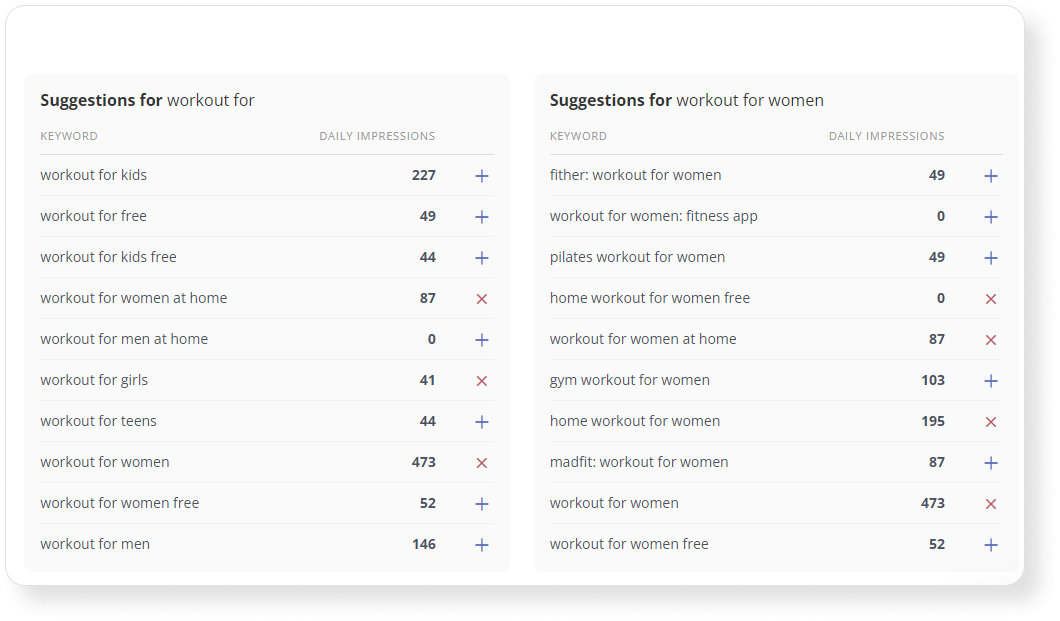
However, before adding a keyword to the semantic core, it is important to make sure that the query is relevant to your app. To do this, you need to check the search results for the suggested keyword. Keyword Explorer will show you the search results for your query, and on the right, you will find search suggestions for that query.

How to find this feature: App Menu ➜ App Store Optimization ➜ Research & Monitor ➜ Keyword Explorer
Use the Live Search tool to view search results as they appear in the App Store and Google Play. To navigate to this tool, click the Live button in the Keyword Table or other ASO tools.

With Live Search, you can also assess visibility in search results. For the App Store, we’ve added a line that indicates the border of the first screen.
For Google Play, the apps highlighted in green have the greatest chance of gaining installs from search.


Step 4: analyze competitors’ queries
Competitor analysis will help you find many new keywords for your app. At the same time, it is important that competitors’ apps are as similar to yours as possible. For example, in the Health & Fitness category, there are apps that are aimed only at exercises in the gym or at home.
You can find competitors of your app using Keyword Explorer in Asodesk. View the search results for the desired query and add a competitor using the Add Competitor button.

You can also add a competitor when analyzing search results in Live Search.
At this stage, we also check the relevance of your search queries. If, after typing a query into the search, you see similar apps of competitors, this keyword can be added to your semantic core.
If apps ranked for this query are completely different from yours, you should not use it.
For example, there are no apps related to exercising for the query “coach”. Instead, only fitness apps are displayed in search results.

At Asodesk, you can find and analyze up to 9 competitors at the same time using the following tools:
Organic Report
Shows the keywords from which your or your competitors’ apps receive installs.
In the Organic Report, you can see what place your app has (Rank), the number of impressions per keyword (Daily Impressions), the estimated number of installs per keyword (Estimated Installs), as well as their percentage relative to total installs.

How to find this tool: choose an app ➜ click on it and go to App Menu section ➜ App Store Optimization➜ Research & Monitor ➜ Organic Report
Missing Competitor Keywords
This tool shows queries for which your competitors are in the top search results that are not yet in your semantic core.
During our analysis, we added 66 keywords for our fitness app.
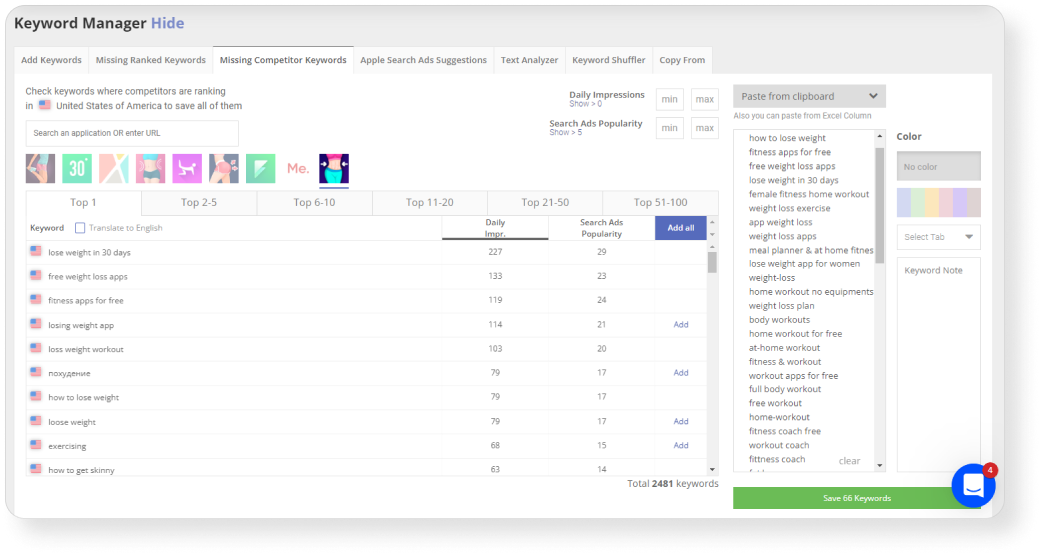
How to find this feature: App Menu ➜ App Store Optimization ➜
Research & Monitor ➜ Keyword Analytics ➜ Keyword Manager
Competitors’ Best Keywords
This tool finds the most popular keywords that attract installs to your competitors. You can add these queries to your semantic core.
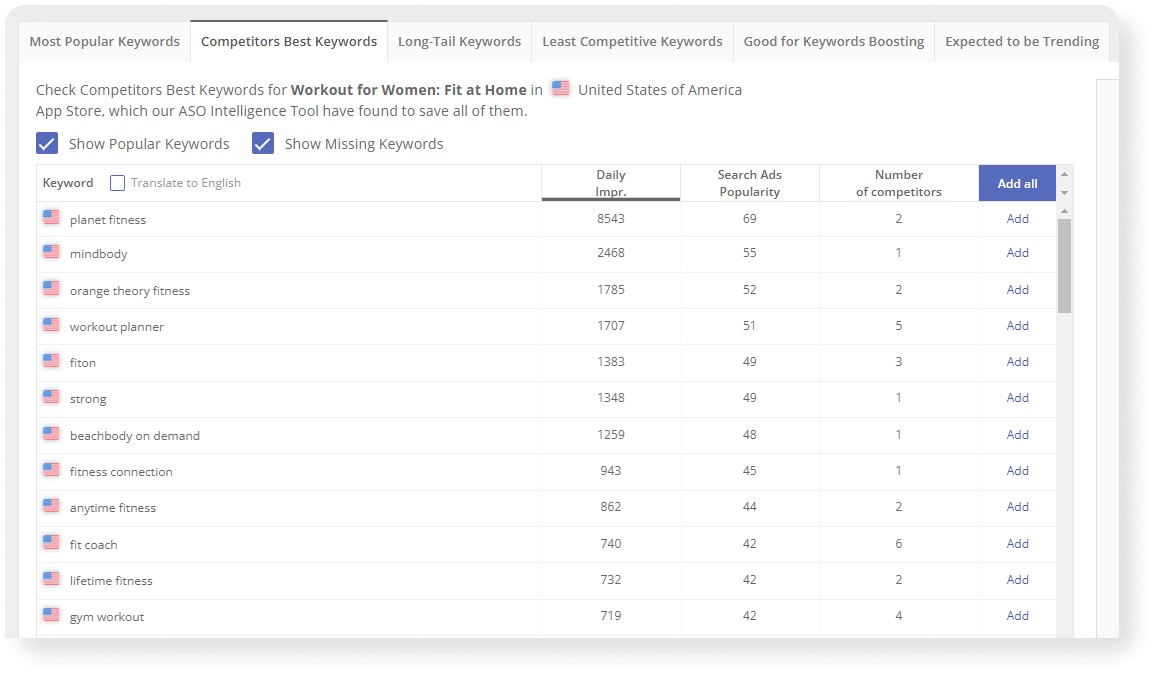
How to find: App Menu ➜ App Store Optimization ➜ Research & Monitor ➜ Keyword Auto-Suggestions
Least Competitive Keywords
If your app is not yet popular, getting into the top results for high-frequency queries will be difficult. Therefore, you should start promoting with low-competition queries.

How to find this feature: App Menu ➜ App Store Optimization ➜ Research & Monitor ➜ Keyword Auto-Suggestions
ASO Comparative Report
This tool allows you to view keywords for which your app and competitors are gaining search positions and you are losing them. In the ASO Comparative Report, you will also find words for which competitors have just appeared in the search results or, on the contrary, have dropped out of the search results.
You can filter keywords by any of the indicators in the table.

How to find this tool: choose an app ➜ click on it and go to App Menu section ➜ App Store Optimization ➜ Analyze ➜ ASO Comparative Report
Step 5: clear the core of irrelevant and low-frequency queries
All queries that we have collected during the analysis are displayed in the Keyword Table. As a result of building the semantic core for Home workout application, we got 233 keywords.

As the number of characters in metadata is limited, we can’t add all the keywords to it. You need to choose only those that will bring installs to your app. This is why it is important that you clear your semantic core of irrelevant and low-frequency queries.
Remove irrelevant queries from the semantic core
We advise you to evaluate the relevance of each query at the stage of collecting the semantic core and not to add queries that you are uncertain about. However, after the collection, you should also check whether irrelevant queries have been included in the table.
You may have made a mistake and added queries that do not characterize the purpose of your app. For example, your fitness app has no exercises for arms, but the semantic core has queries related to these exercises. In this case, you should simply delete such queries.
Some underestimate the stage of clearing the core of irrelevant queries, but it is very important.
If irrelevant queries are added to the metadata, the number of app deletions will increase, and user lifecycle and retention rates will fall. Therefore, only select relevant queries so that the app is found by those users who really need the app.
Check keyword positions for keywords that are already included in your Title and Subtitle
It is important to understand how keywords from Title and Subtitle of your app are performing. For example, our fitness app is in the 1st and 3rd place for keyword phrases from the title. We also see that the app receives quite a lot of installs from these queries. Therefore, you can leave these keywords in Title and try to find other related queries.

If our app had low positions for queries from the title, you should replace them with other keywords.
This also applies to situations where the app is well-ranked for a keyword, but the word is unpopular and does not bring any installs. For example, the keyword from the title only brings this fitness app about 93 installs per month.

Divide your app’s semantic core into cohorts
To make it easier for you to select the necessary keywords at the stage of compiling metadata, you should divide the queries into semantic cohorts. We filtered keywords by popularity for our fitness app and left only those that have a Search Ads Popularity higher than 6.
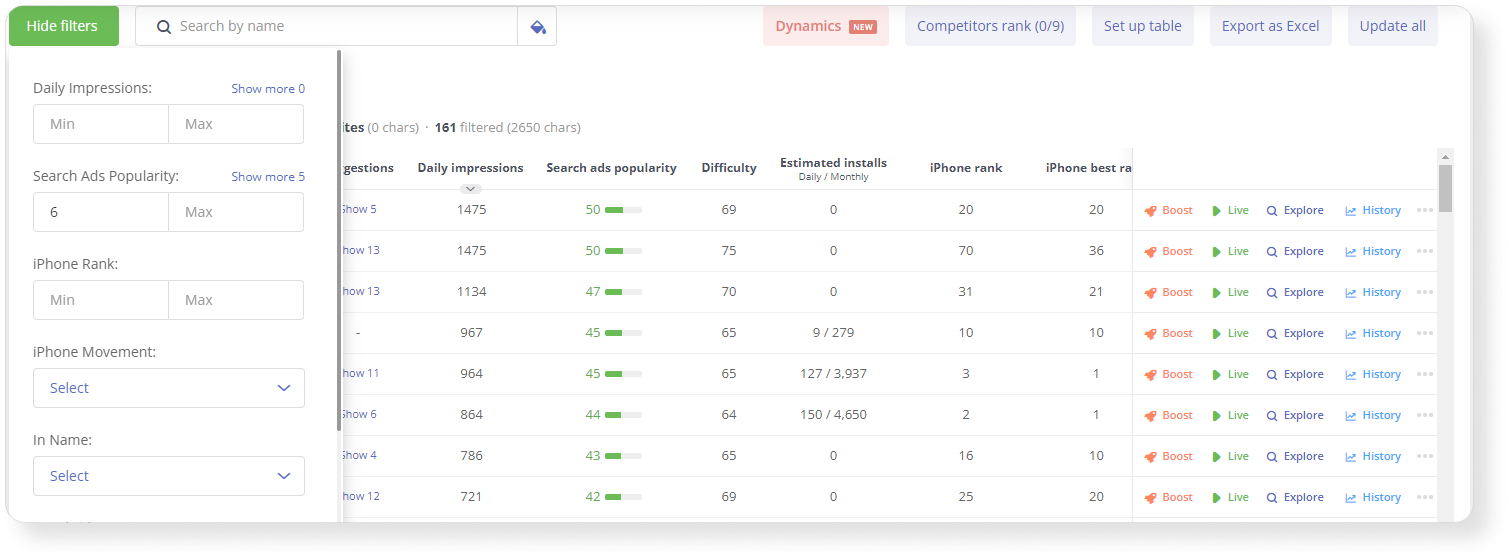
Then we distinguished semantic cohorts for our fitness app: exercise, fitness, workout, and weight loss. Each of these semantic cohorts includes keyword phrases with the appropriate words.


How to collect a semantic core for your app in 5 steps
To build a semantic core, you need 5 simple steps:
Step 0: make sure your app needs ASO.
Step 1: add all the search queries that are related to the app, based on your opinion.
Step 2: extend the semantic core with automated ASO service suggestions.
Step 3: add keywords from the App Store and Google Play’s auto-suggestions.
Step 4: analyze your competitors. Find requests for which the apps of competitors: rise in search, get the largest number of installs, are in the top of the search results.
Step 5: clear the core of irrelevant and low-frequency queries, and divide them into semantic cohorts. We should only leave keywords that will attract installs.
After collecting the semantic core, you will need to prepare metadata. Read our instructions for compiling textual metadata in the article.
Subscribe to our newsletter and never miss news digests or helpful articles on ASO, mobile app marketing, and reviews.

